I'm always tremendously happy when new pu'er merchants enter the market. I'm happier still when the merchants happen to be people whose exploits I've been following, and enjoying, through their previous writings. It seems that many tea enthusiasts start out writing and end up selling things (Teamasters, Tea Habitat, Essence of Tea, Mandarin's Tea, to name just those that come to mind). In this instance, the merchant is Tea Urchin, run by an excellent chap named Eugene, who started out writing the blog of the same name. I have long enjoyed his humane and humourous writing style, which brings to life the little villages of Yunnan that he has visited.
(I would be dreadful at selling things, and so please don't expect there to be any "Half Dipper" cakes in the future...)
Eugene kindly sent me a parcel filled with samples, which I offered to buy, but which he instead offered in trade for some of my own cakes. Although I started out with some other samples from his collection, I thought that I would present this pair of Xikong and Bangwei cakes first, as I found them to be particularly tasty, and I'd like to show my appreciation for Eugene's enterprise by starting on a high note. (He wrote, ominously.)
Xinshengli is a lesser brand of cake, from which Tea Urchin sells a trio for tasting. The price is quite respectable, being $33/200g at the time of writing. For the money, we get some pretty leaves, as pictured above. Notably, they have a fruity, gentle scent that slowly builds up in the room to tell us that they are still very much alive.
I can't say that I've tried a huge amount of Xikong tea, but that which I have has mostly come from Yunnan Sourcing. I have invariably loved it, with its rustic, somewhat "granary" character and substantial body, combined with solid fruitiness. However, all of the cakes that I've tried have been autumnal - including, now, this version from Xinshengli. Does no-one go to Xikong for the spring leaves?!
The soup is, as we might expect from autumnal teas, rather orange. The potent, clean thrills of springtime leaves are absent, but this cake contains plenty of character. Eugene notes a "bubblegum" scent, but I would describe it as being something closer to sweet cereal - it certainly has none of the artificial characteristics that I would associate with bubblegum, for instance.
I am also struck by the clean. long, and almost effervescent notes that land in the nose - it is a very lively tea. It tastes rather like the solid little hand-made cake that it is: there is a clean, green, white-sugar sweetness to its body, and, happily, a very definite kuwei [good bitterness], which makes it bold and strong.
The tongue tingles and feels somewhat numb, as after eating flower-pepper [huajiao]. It is not a weak autumnal tea by any means.
Inevitably, I must compare it with Scott's similar 2010 and 2011 Xikong autumnal cakes. I'm afraid that it isn't a close contest: the "YS" cakes are complex and potent, whereas this Xinshengli is, for all its cleanliness and bold nature, a little more simple.
However, as part of the three-cake tasting set (pictured below), it certainly is a good way to get to know the area.
Let's change gear and enjoy a spring cake: the Charen "Bangwei", where Charen [approx. "tea-compassion" or "tea-kindness"] is Eugene's pu'er brand. Bangwei [bang-way] is in Lincang county of Simao prefecture, north of Xishuangbanna.
Contrasting with the sugary sweetness of the Mengla County pleasures of the Xikong cake, this Bangwei is dark and has the heavy, rich character of molasses. Its texture is the most obvious first impression: it is abnormally thick, and hugely enjoyable.
There is a strong contribution of "green leaf" which elbows aside the chilly dampness of the English weather. Wrapped up at the tea-table, one could almost forget the fact that it has been raining for eight days without cessation.
The grim environment calls for a tea with plenty to discover, and this is it: the Simao-region sweet granary notes give me great enjoyment, as does the substantial shengjin [mouth-watering character]. I am pleased to observe a solid cooling sensation in the mouth, and something that I described in my diary as "a strong, structural kuwei"; i.e., a bitterness that is an integral part of the tea throughout its progression from lips to throat.
The sweetness lingers in the throat; the breath is cooled as if by menthol. After the second infusion, I am already considering a large purchase.
One should always keep drinking. It seems that this cake needs longer infusions quite early in its life, suggesting less leaf power than I would find ideal. These longer infusions take their toll on the quality of the soup, with some "leafiness" becoming apparent. After nine infusions, I have written that "it has become much more 'normal' than the first infusions would have suggested."
In all, a good, powerful tea, full of springtime potency. I liked its price of $53/357g, and you would do well to see if you enjoy its Lincang charms.
To foreshadow my notes of the many autumnal teas from Tea Urchin, I should note that, after drinking this cake, I wished all of Eugene's output would be of spring leaves, for, as we will see, much is lost when cakes are made from autumnal maocha...
To foreshadow my notes of the many autumnal teas from Tea Urchin, I should note that, after drinking this cake, I wished all of Eugene's output would be of spring leaves, for, as we will see, much is lost when cakes are made from autumnal maocha...

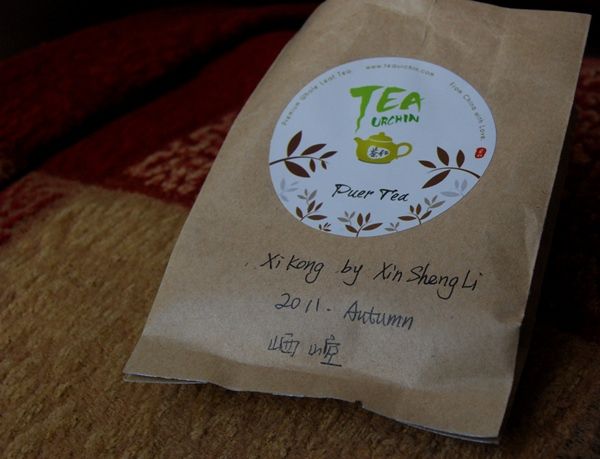

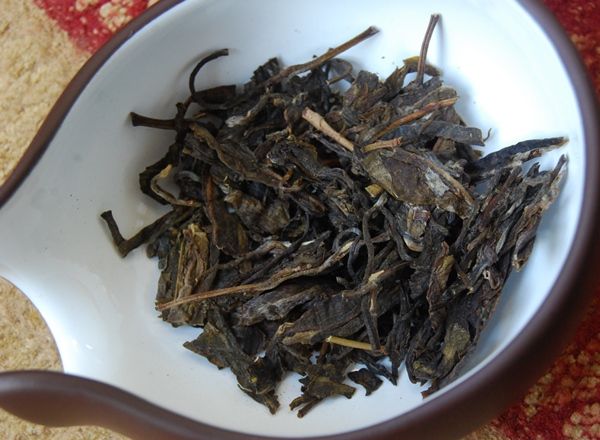
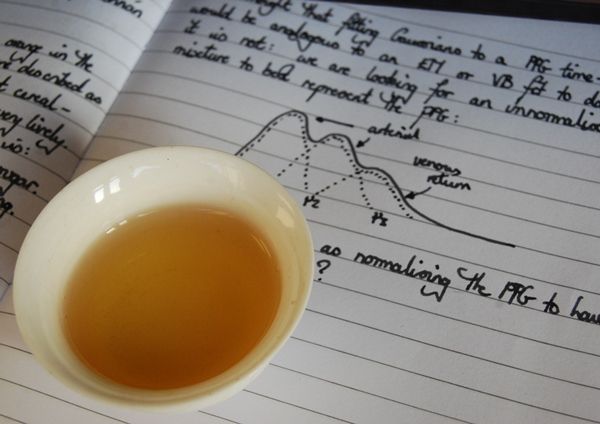

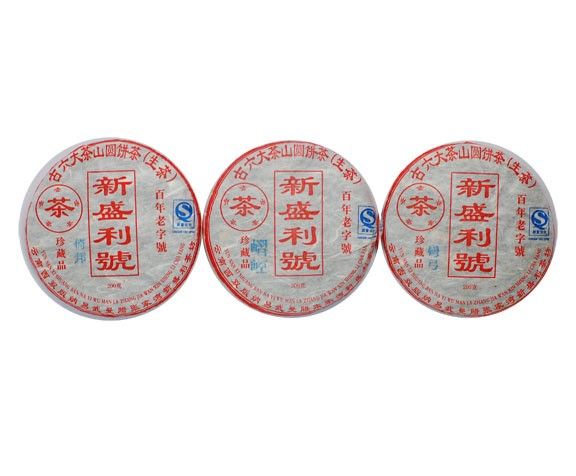
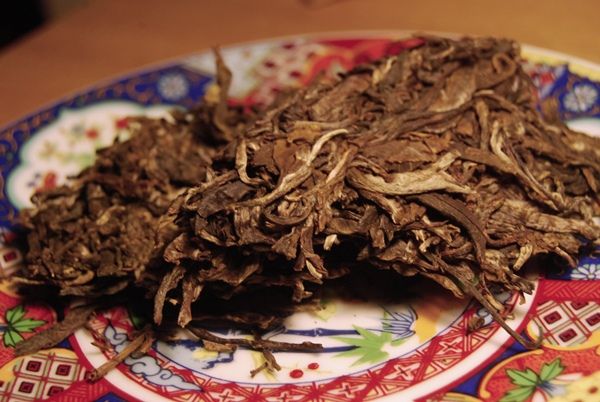
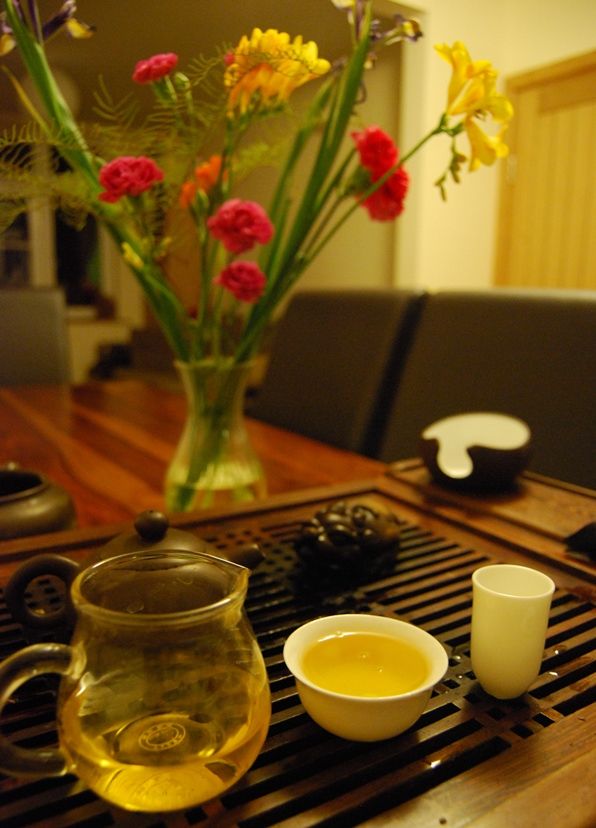
2 comments:
I am also fan of those vendors who not only sell but also entertain and educate...
I have the Xikong cake you write about and when I tried for first time it seems to me to be a little boring and without power. Now, after few months, I have made retesting and it makes me quite happy. Sweet, smooth and very pleasant...we don't need "boost power" in every cup, do we? :)
Nice post as always !
Petr
Dear Petr,
It's good to hear from you - I hope that all is well. There was something very nice in the Xikong tea, just as you describe.
Toodlepip,
Hobbes
Post a Comment